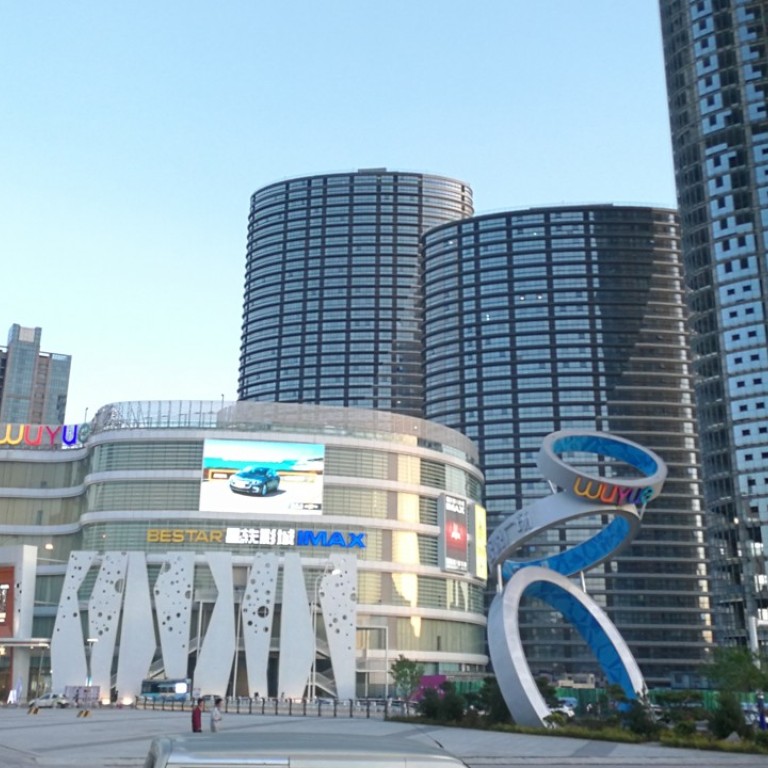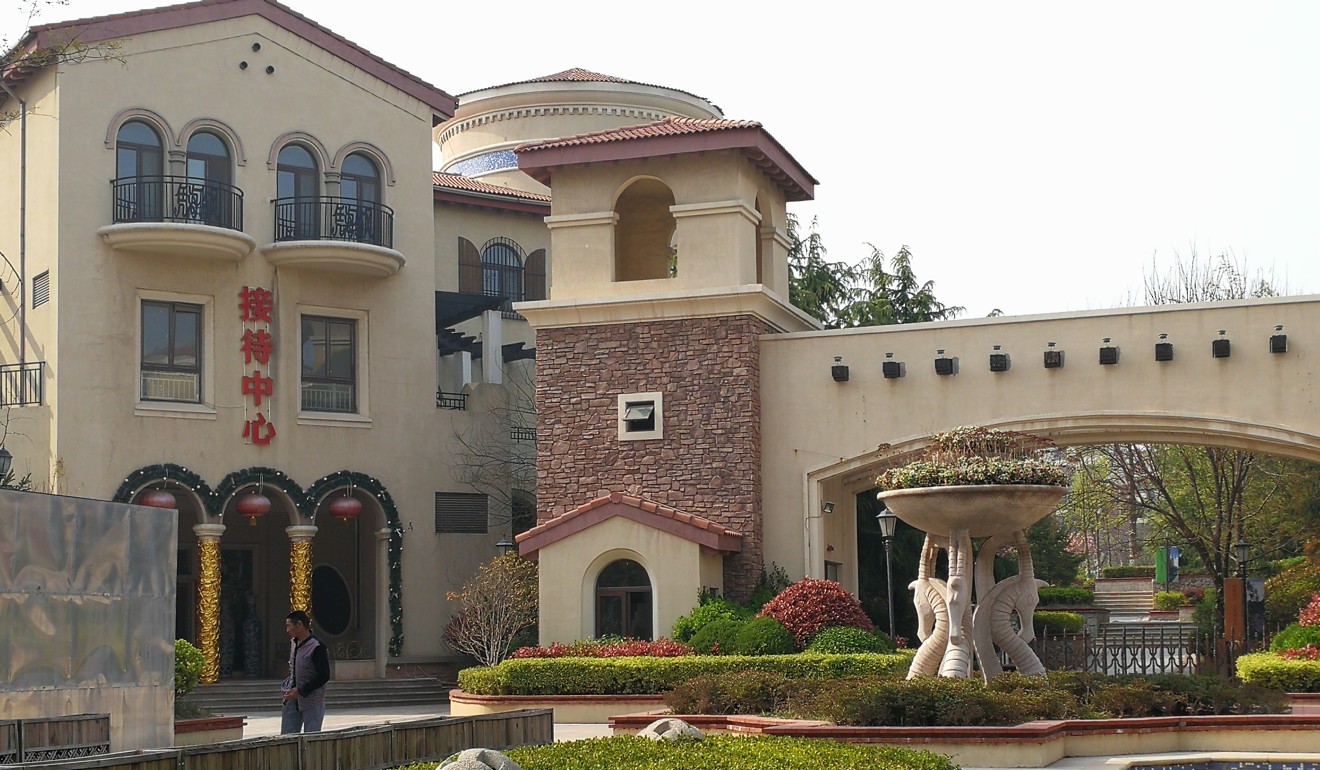
In Qingdao, chances of winning the housing ‘lottery’ are as good as one in six, thanks to price controls
Government efforts to cool the property market in Qingdao through price and administrative controls has fuelled a sense of lottery-like expectation among thousands of buyers preregistered for upcoming sales
Government price controls on real estate projects have fuelled a treasure hunt among prospective buyers in the coastal city of Qingdao, where one residential project due for upcoming release has attracted six times more buyer registrants than flats available.
At the entrance of the sale centre of Pinghailinfeng, a residential project by Shandong Steel Properties, a large Chinese-language billboard warned homebuyers to beware of fraudsters posing as agents on behalf of the developer.
“Do not believe any middleman who market that they can get a [buyer’s] permit for you,” the sign read.
The billboard is a reminder of just how hot the coastal city’s property market has become. Gao Lixing, a salesman at the sale centre, said 3,000 to 4,000 buyers have preregistered for the latest batch of about 600 new flats to be sold.
“I’ll give you the information within 10 minutes after the project wins approval for pre-sale,” the salesman said. “Then you’ll have six to seven hours to come here to go through all the procedures. You’d better take public transport because I’m afraid there’ll be a traffic jam by then.”
Price controls set by the local government have capped the project’s selling price at around 10,000 yuan (US$1,575) per square metre, a substantial discount to the 18,000 yuan per sq m for pre-owned homes in Pinghailinfeng. Chinese developers typically release projects to market in phases, and normally prices increase with each successive release.

The first phase of the project, sold last April, were priced at an average 9,480 yuan per sq m. Pinghailinfeng in Chinese means “besides the sea and bathed in breeze”. The project boasts a 10-minute walk to the beach.
“The prices would be much higher without the government price cap. So the prevailing sentiment is ‘to get one is equivalent of to winning a lottery’,” Gao said.
Pinghailinfeng is located in a new area roughly 80 per cent of the size of Hong Kong, known as West Coast. The zone overlooks Qingdao from the other side of the Jiaozhou Bay, and just a few years ago was not considered to be Qingdao’s main urban district. Not far from the area sits Wanda Group’s 50 billion yuan Movie Metropolis. In the past two years, the West Coast has become a focus for real estate developers, accounting for a third of Qingdao’s new home supply.
New shopping malls opened in West Coast since 2017 accounts for 53 per cent of Qingdao’s total new retail supply, according to JLL.
“The brand new malls in West Coast trump its peers in the old city in terms of size, design and complexity. Better connectivity will make it the equivalent of Shanghai Pudong,” said Apple Qu, retail head of JLL Qingdao.
New homes in the West Coast have seen their value surge 32 per cent in the past year, as the average selling price reached 12,529 yuan per sq m, according to Really Info, a property consultancy.
In April, average prices across in the city were up 20 per cent over a year ago to 13,123 yuan per sq m, according to Really Info. During April, sales transactions rose 11 per cent from March, as well as 11 per cent from a year earlier.
Ma Guangming, general manager of Realty Info’s Qingdao branch, said Qingdao tightened land supply during the property market downturn in 2014, a practise that was followed by many second-tier cities.
However, the government made a U-turn in 2015, easing buying restrictions amid a steep economic growth slowdown. The policy move was met by an immediate uptick in sales, quickly reinvigorated the housing market and a drawdown of existing housing stock.
Since 2017, moderate curbs imposed to help cool the market have actually helped to stoke confidence, and attract additional fund flows in the housing market.
Data from Really Info showed that Qingdao property sales surged 61 per cent in 2016, and grew 6.6 per cent in 2017 despite new curbs imposed in March that year.

Yet, in the face of continued overheating, the government further tightened administration measures in April to cool the market, banning the resale of homes within five years of purchase.
“The latest curbs are much harsher than that of a year ago. We expect speculators to withdraw from the market within three months. That will mark an end to this upwards cycle [from 2016 to 2018],” Ma said.
Gao said after the latest curbs were announced, the number of registered buyers at his project fell by 2,000. However, he said there was a large pool of eligible buyers, as indicated by the 3,000 to 4,000 applicants competing for 600 flats.
An executive with Shandong Steel Properties, told the Post that he didn’t feel the impact of the property curbs, as buyers still outnumbered available supply by a wide margin. He described the current market as “hot”.
Qingdao, a city with 9.3 million residents, has experienced rapid growth thanks to migrants from other parts of Shandong, the second populous province in China with 100 million.
The executive added that a planned subway line will eventually connect West Coast to Qingdao’s old city, providing long term support for prices in the area.

